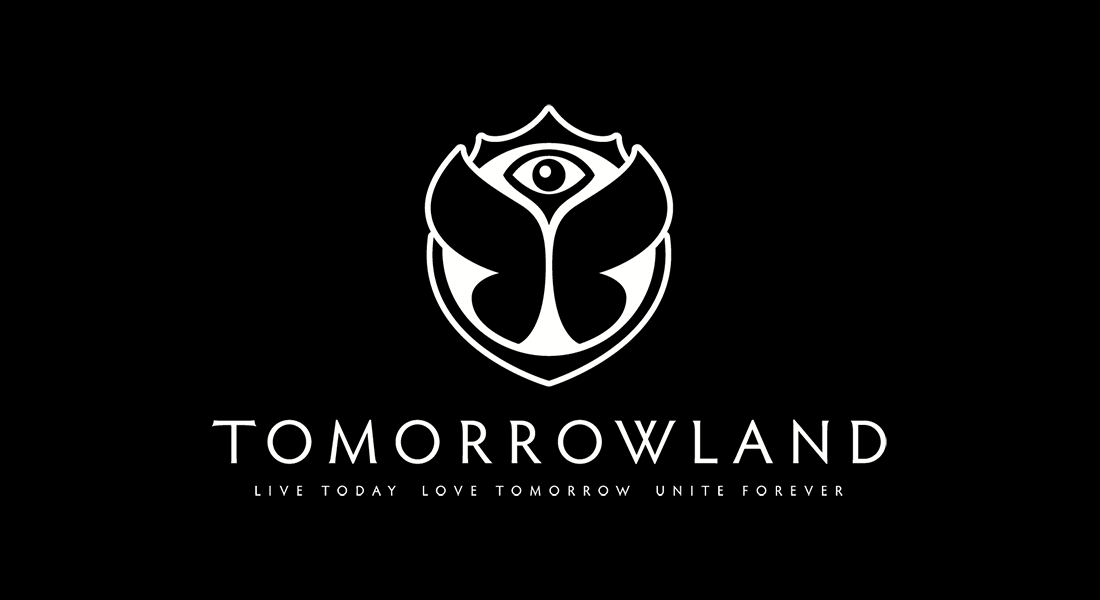
NEW YORK (VIP NEWS) — Spotify's 2010 financial statements show a company with huge growth and far more expenses than profit.
The losses are to be expected – the company is most concerned with changing how music is experienced – and are no cause for concern right now. What should concern rights holders are the sources of the company's growth in users and revenue.
Financial statements recently filed with the Companies House, the U.K.'s registrar of companies, show Spotify's total revenue in 2010 grew to £63.2 million from £11.3 million Net loss was £26.5 million, up from £16.6 million in 2009.
Spotify lost £1.6 million on its operations, too. The company did not break down its cost of sales, but the cost of content – what it pays for music – makes up most of that figure.
Here's the most important aspect of the company's financials: Subscription revenue accounted for most of the increase in total revenue. It grew to £45.1 million from £6.8 million.
Advertising revenue grew to £18.1 million from £4.5 million. The company did not disclose a geographic breakdown of revenue because "the cost to extract the information is excessive due to the nature of the services provided," according to note in the financial statements.
These numbers strongly suggest that advertising alone won't enable a sustainable on-demand music business.
Subscription revenue grew by £38.3 million while advertising revenue grew by just £13.6 million – in spite of 31 employees working in sales at the company. The kicker is that advertising accounts for just 29 percent of revenue even though non-paying users account for about 90 percent of total Spotify registered users (an estimate based on previous reports by the company). In other words, about 10 percent of Spotify users – the paying subscribers – generate about 71 percent of the company's revenues.
But it's too early for rights holders to be frustrated by the inequality of Spotify's revenue. The freemium business model simply needs time to play out. In theory, the free service lures in users who would not have otherwise registered.
Eventually, some free users will become paying customers. Thus, in this model the existence of free users is a necessary precursor to obtaining more paying customers. This process will take time. Spotify and other freemium, on-demand services are young companies that are still figuring out the marketplace.
The numbers reported are quite outdated because much has changed for Spotify since December 31. As the financial statements say, the company has "ambitious growth plans" and in June 2011 secured the necessary funds for that expansion. Those funds were put to use to acquire the licenses that enabled Spotify's launch in the U.S. in July.
Because of growth in both Europe and the U.S., Spotify's end-of-year 2010 numbers are well behind where they are today. Back in late December, Spotify stood somewhere between 750,000 subscribers ( revealed in early December) and 1 million subscribers ( announced in March). Aided by the July launch in the U.S., that number grew to 2 million last month.
According to Billboard
























































